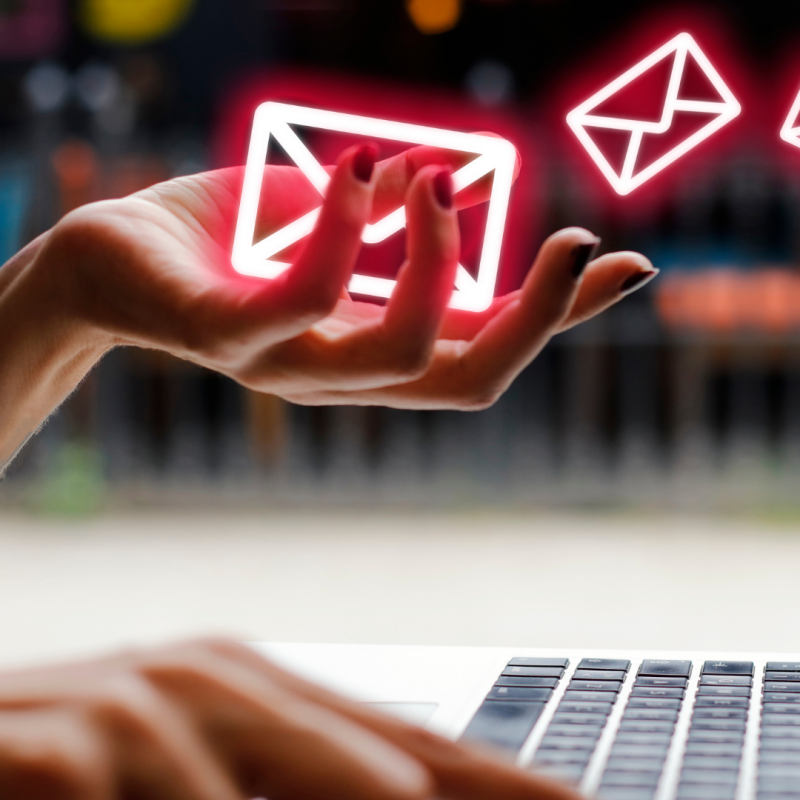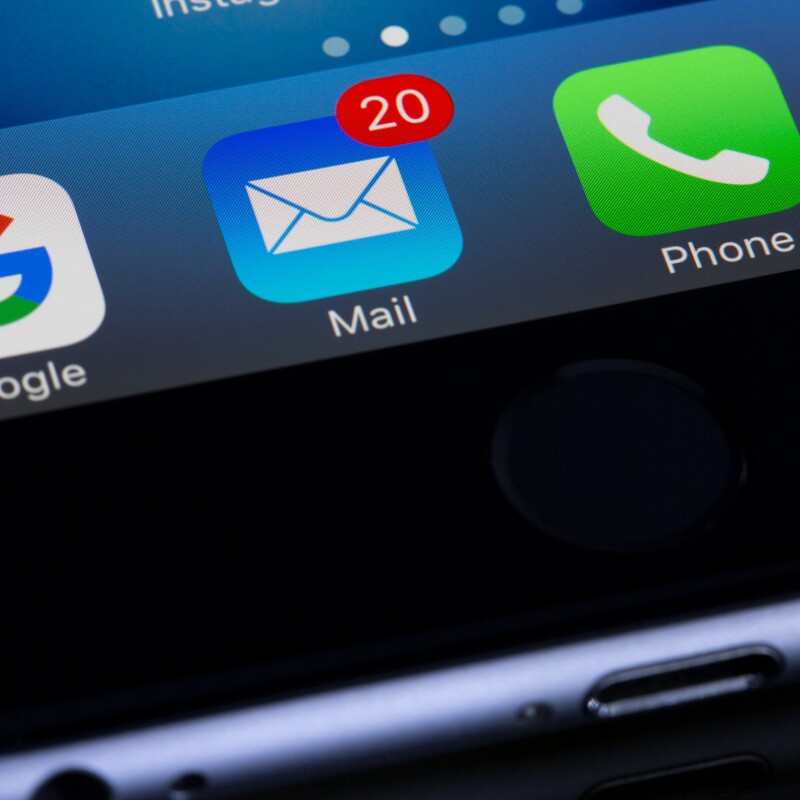All Things Admin Joins ASAP. Learn More ›
Email Etiquette: Nine Methods for Effective Communication
April 17, 2023

Email etiquette in the workplace is crucial for clear and professional communication among colleagues. Whether you are a manager, a seasoned employee, or a new hire, email plays a large role in the perception of your professionalism and executive presence.
Looking for more resources? Check out:
Here are nine methods for effective communication via email that will support your growth and enhance your reputation as an administrative professional.
Email Etiquette Rules
These simple email etiquette rules will take your work emails to the next level and help ensure a smooth and friendly work environment.
Use an Appropriate Email Address
Ensure that you send work-related emails from your work email address only, not your personal one. If you do not have an assigned work email address, create an email address that is separate from where you receive personal emails.
Something as simple as your name, or your first initial and your last name, are recommended. Avoid using a lot of numbers, characters, and nicknames in your work email address.
Use Clear and Concise Subject Lines
Do not be vague or long winded in your email subject lines. Ensure that the recipient of your email can easily decipher what your message is about based on the subject line.
Be Friendly in Your Greetings
Do not use informal salutations in your email messages to your colleagues. Even if it is a colleague you know well or have a friendly relationship with, use professionalism and friendliness in your greeting.
Stay away from phrases such as, “Hey,” or even just the person’s first name. Instead, use salutations such as, “Good morning,” “Good afternoon,” “Dear _____,” or “Greetings ______, I hope this email finds you well.”
Keep Your Tone Professional
Take care to keep your tone professional throughout the body of your email. Even if you are frustrated with a question or work project, don’t reveal this through your email communications. Avoid abrupt sentences, duplicate punctuation marks to make a point, and anything else that makes you sound annoyed or unprofessional.
Punctuation and Proper Grammar Matters
Even in brief emails, punctuation and grammar matter. Don’t rush, and ensure you are utilizing proper sentence structure, commas and periods, and proper spelling. Using an app such as Grammarly can help you to catch common mistakes.
Don’t Ignore Email Messages from Others
Don’t ignore messages in your email inbox. Make sure you reply to email messages from your colleagues in a timely manner.
Setting a certain time of the day to check your email inbox and reply to messages is a good practice to have. For example, set aside 30 minutes every morning at 9:00 AM and every afternoon at 3:00 PM to catch up on emails received.
Use Caution with Attachments and Replies
If you are attaching a document to an email, ensure that you don’t send the email without the attachment. Additionally, be sure to attach the correct document before hitting “send.”
Sending the wrong attachments or forgetting to attach a document referenced in your email slows workflow. Plus, it’s frustrating for others. Avoid this by slowing down and checking your emails before sending them.
Use Standard Fonts and Email Formatting
Stay away from unusual fonts and formats. Furthermore, do not overuse all caps, bold font, or underlining points or sentences in your email unnecessarily.
Use a Professional Sign-Off
The way you sign off from your emails is just as important as your greeting. Consider setting up a professional-looking email signature that includes your full name and business contact information.Your email signature, if properly composed, can act as a digital business card.
Maintain Professional Email Etiquette
Maintaining professional email etiquette can be easy once put into practice. Take as much care with your inter-office emails as you do with your emails to clients, vendors, and the public.
For more helpful tips on office etiquette and professionalism, reach out to ASAP today. We offer hundreds of training resources, webinars, and in-person events that are aimed at helping administrative professionals improve their professionalism and reputation in the workplace.
Join the Conversation
Welcome to the ASAP Circle, a community platform for peer-to-peer conversation on trending topics, professional challenges, and shared experiences. We even have designated spaces for weekly Tuesday Coffee Breaks.









